Problems with germination for surface-sowed seeds
Astroknot
11 years ago
Related Stories

GARDENING GUIDESSeeds or Seedlings? How to Get Your Garden Started
Growing delicious herbs and vegetables starts with knowing your goals and when you want to plant
Full Story
GARDENING GUIDESHow to Plant a New Lawn From Seed
Choose from more grass varieties and save money over sod by starting your lawn from seed
Full Story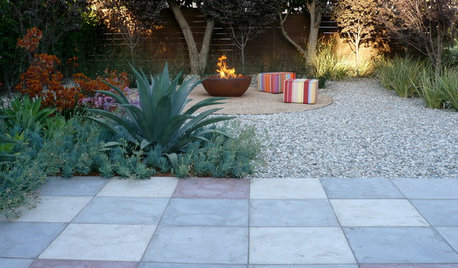
MATERIALSPrecast Concrete Pavers Make a Versatile Surface in the Garden
You can use concrete pavers in a variety of shapes and colors for your patio, walkway, driveway and more
Full Story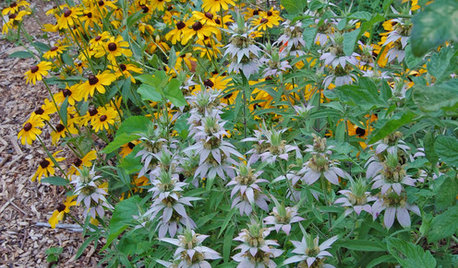
GARDENING GUIDESGreat Design Plant: Spotted Beebalm (Monarda punctata)
Looking for unusual, long-lasting blooms, low maintenance and deer resistance? Try this self-sowing perennial
Full Story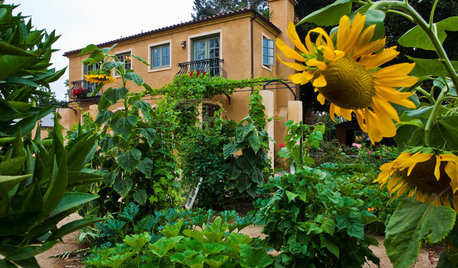
REGIONAL GARDEN GUIDESTexas Gardener's April Checklist
Get your sowing and planting on — spring brings a tantalizing array of possibilities in the garden
Full Story
FALL GARDENINGBe Your Own Wildflower Nursery
Gather seeds from your garden in fall, and you'll have a selection of plants for next year — without spending a dime
Full Story
GARDENING GUIDESGreat Design Plant: Blue Sage
True blue and adored by hummingbirds, blue sage is easy to grow from seed in a sunny fall garden
Full Story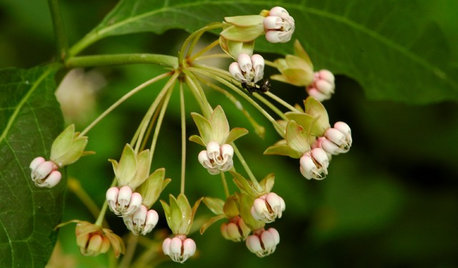
GARDENING GUIDES5 Unsung Wildflowers That Thrive in Dry Shade
Turn shady problem spots into garden idylls with with these prolific, easy-care bloomers
Full Story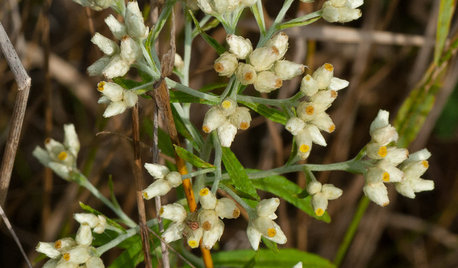
GARDENING GUIDESGreat Design Plant: Pseudognaphalium Obtusifolium, or Rabbit Tobacco
This late-blooming native annual, also known as sweet everlasting, adds spontaneity to landscapes in the eastern United States
Full Story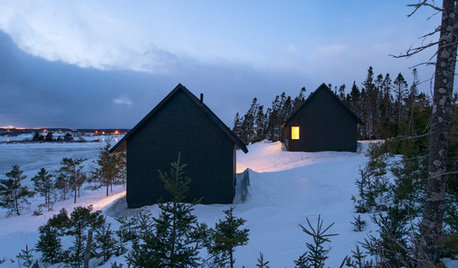
ARCHITECTUREDesign Workshop: A Recipe for Inspiration in the New Year
Attention to craft, humble materials, mystery and more will influence my architecture work in 2015
Full StorySponsored
Columbus Area's Luxury Design Build Firm | 17x Best of Houzz Winner!
More Discussions






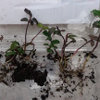
naturemitch
AstroknotOriginal Author
Related Professionals
Belvedere Park Landscape Contractors · Bowie Landscape Contractors · Coram Landscape Contractors · Kearny Landscape Contractors · Manhattan Landscape Contractors · Mastic Beach Landscape Contractors · Milford Mill Landscape Contractors · Tacoma Landscape Contractors · Hawaiian Gardens Landscape Contractors · Crowley Landscape Contractors · Atlanta Carpenters · Scarsdale Carpenters · Agoura Hills Fence Contractors · El Segundo Fence Contractors · Monrovia Fence Contractorsifraser25
calistoga_al ca 15 usda 9
AstroknotOriginal Author
art33
AstroknotOriginal Author
rushrulz